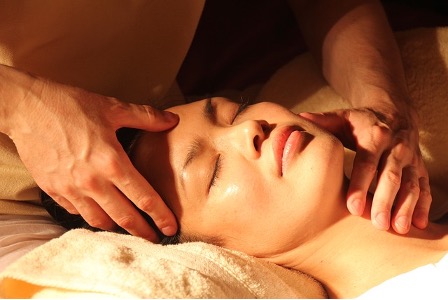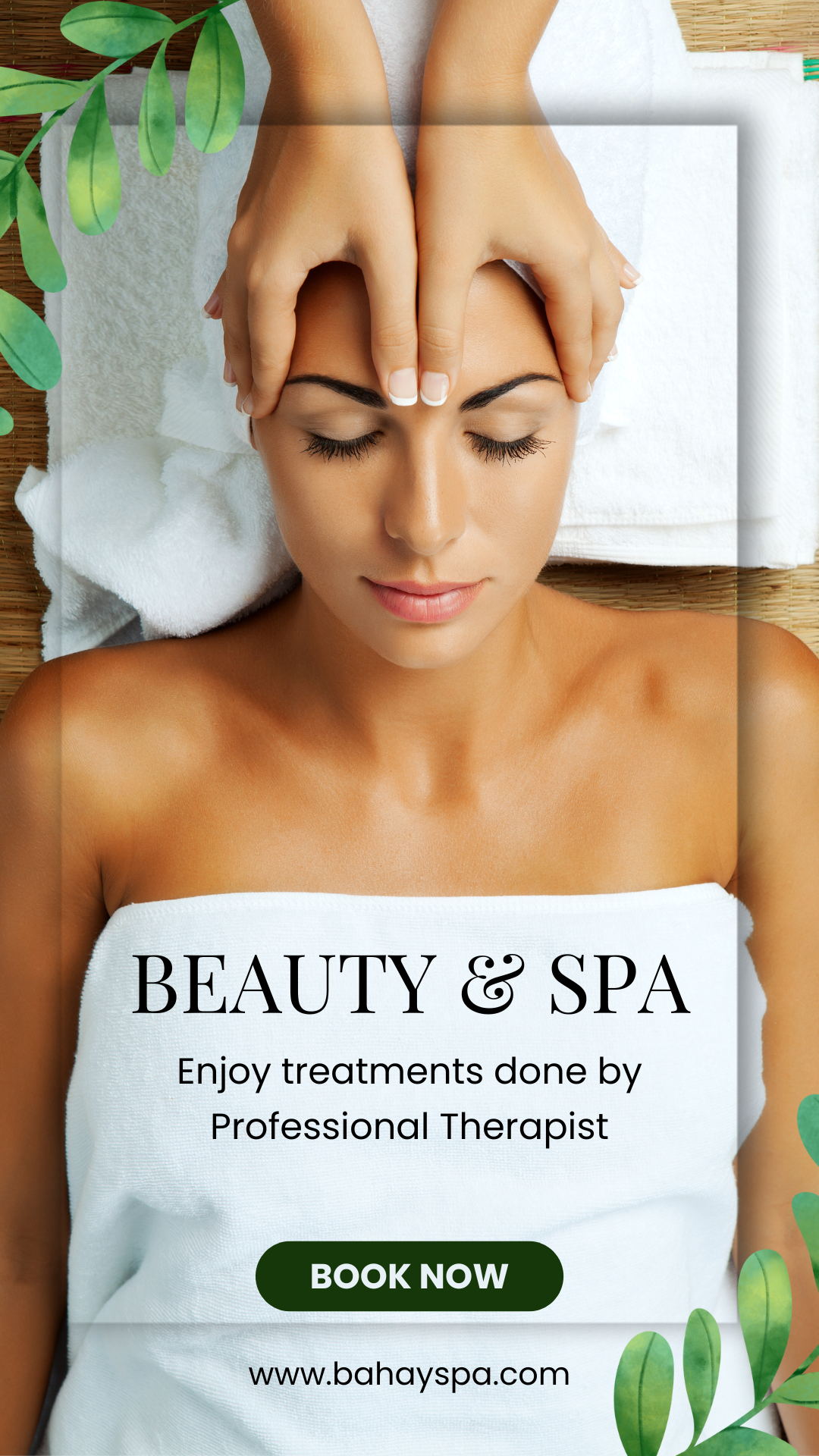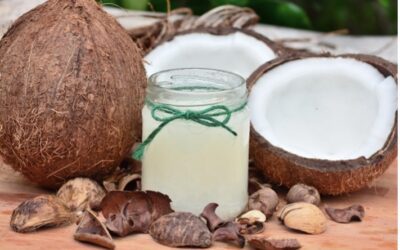Benefits of massage therapy is a practice that has been used for centuries to promote healing, relaxation, and overall well-being. Through the massage of soft tissues, massage therapists apply pressure and various techniques to alleviate pain, reduce stress, and improve physical and mental health. The importance of massage therapy lies in its ability to address the physical and emotional aspects of a person’s well-being.
It offers a holistic approach to health and wellness, considering the interconnectedness of the body, mind, and spirit. With its wide range of benefits, massage therapy has become an integral part of many people’s self-care routines.
From stress reduction and pain relief to improved circulation and emotional balance, massage therapy provides advantages that contribute to a healthier and more fulfilling life. In a world where the demands of daily life can take a toll on our physical and mental health, the significance of massage therapy cannot be overstated.
By prioritizing regular massage sessions, individuals can proactively manage their health, prevent the onset of chronic conditions, and enhance their overall quality of life. Massage therapy offers numerous benefits for both physical and mental well-being. Here are 16 detailed explanations of the benefits of massage therapy:
1. Stress Reduction:
Massage therapy promotes relaxation and triggers the release of endorphins, which are natural mood boosters. By reducing stress levels, it can help prevent the negative physical and mental effects of chronic stress, such as muscle tension, headaches, and anxiety. During a massage session, the body enters a state of relaxation in response to the soothing touch and techniques applied by the massage therapist.
This relaxation response triggers a cascade of physiological changes that counteract the effects of stress. Heart rate and blood pressure decrease, breathing slows down, and muscle tension is released. Massage therapy influences the production and release of hormones in the body.
It helps reduce the levels of stress hormones, such as cortisol, while increasing the production of feel-good hormones, including serotonin and dopamine. This hormonal balance creates a sense of calm, relaxation, and overall well-being.
2. Pain Relief:
Massage therapy targets muscular tension, trigger points, and knots, helping to alleviate pain. The techniques used during a massage increases blood flow to the affected areas, reduce inflammation, and release tight muscles, providing relief from conditions like back pain, muscle strains, and joint stiffness. Massage therapy targets tense and tight muscles, which are common physical manifestations of stress.
The pressure and techniques applied during a massage help relax these muscles, releasing built-up tension and promoting a sense of physical and mental relaxation.

3. Improved Blood Circulation:
The pressure applied during a massage promotes blood circulation throughout the body. This increased blood flow enhances oxygen and nutrient delivery to the tissues and organs, improving their function and supporting overall health.
4. Enhanced Muscle Recovery:
Massage therapy aids in muscle recovery by reducing muscle soreness and fatigue after intense physical activity. It helps to flush out metabolic waste products, reduces inflammation, and enhances the supply of oxygen and nutrients to the muscles, speeding up the recovery process.

5. Boosted Immune System:
Regular massage sessions can strengthen the immune system. By increasing lymphatic flow, massage therapy helps remove toxins, waste products, and pathogens from the body, improving immune function and reducing the likelihood of illness.
6. Better Sleep Quality:
Massage therapy promotes relaxation, reduces anxiety, and stimulates the release of serotonin, a neurotransmitter that helps regulate sleep. Improving sleep quality enhances the body’s natural healing processes and supports overall well-being.
7. Increased Energy Levels:
Massage therapy can boost energy levels by reducing fatigue and enhancing circulation. It stimulates the production of endorphins and helps relax tense muscles, providing a natural energy boost.
8. Improved Posture:
Massage therapy helps correct postural imbalances by releasing tension in muscles, realigning the body, and improving body awareness. By reducing muscle imbalances and promoting proper alignment, it can alleviate strain on the muscles and joints, improving overall posture.
9. Reduced Anxiety and Depression:
Massage therapy has a calming effect on the nervous system, reducing anxiety and symptoms of depression. It helps to lower levels of stress hormones, such as cortisol while increasing the production of serotonin and dopamine, which are neurotransmitters associated with improved mood and well-being.
Enhanced Mood and Emotional Well-being: Chronic stress can contribute to mood disorders such as anxiety and depression. Massage therapy provides a nurturing and comforting experience, which can have a positive impact on emotional well-being. It helps reduce anxiety, lift mood, and promote a sense of calm and balance.
10. Lowered Blood Pressure:
Massage therapy can help reduce blood pressure levels. By promoting relaxation and reducing stress, it helps dilate blood vessels, improving blood flow and reducing hypertension.
11. Enhanced Flexibility and Range of Motion:
Massage techniques, such as stretching and joint mobilization, help improve flexibility and range of motion. By increasing muscle pliability and reducing muscle tension, massage therapy can enhance joint mobility and overall flexibility.
12. Alleviation of Headaches:
Massage therapy can alleviate tension headaches and migraines by reducing muscle tension, relieving muscle spasms, and promoting better blood flow to the head. Regular sessions can help reduce the frequency and intensity of headaches.

13. Improved Digestion:
Abdominal massage techniques can stimulate the movement of food through the digestive system, improving digestion and reducing common issues such as constipation and bloating.
14. Increased Body Awareness:
Massage therapy enhances body awareness by focusing attention on different areas of the body. It helps individuals connect with their bodies, recognize areas of tension or discomfort, and develop a better understanding of their physical needs, promoting self-care and overall well-being.
15. Emotional Balance:
Massage therapy provides a nurturing and comforting experience that can have a positive impact on emotional well-being. It promotes relaxation, reduces stress, and encourages a sense of well-being and connection with oneself.
16. Mind-Body Connection:
Massage therapy recognizes the connection between the mind and body. By addressing physical tension and discomfort, massage therapy helps alleviate mental stress and vice versa. The therapeutic touch and nurturing environment of a massage session provide a holistic experience that promotes overall relaxation and stress reduction.
Massage therapy helps a holistic approach to health and wellness. It addresses both physical and mental aspects of well-being, providing numerous benefits for the body and mind. By incorporating regular massage sessions into a wellness routine, individuals can proactively manage their health, prevent the onset of chronic conditions, and improve their overall quality of life. Additionally, massage therapy offers a natural and non-invasive option for pain management and stress reduction, reducing the reliance on medications or invasive procedures.

Massage therapy offers benefits that contribute to overall health and well-being. From stress reduction and pain relief to improved circulation and enhanced relaxation, the advantages of massage therapy are undeniable. By incorporating regular massage sessions into your wellness routine, you can proactively manage your physical and mental health, prevent the onset of chronic conditions, and improve your quality of life. Experience the rejuvenating effects of massage therapy and discover a path to optimal wellness. Trust in the skilled hands of massage therapists and embrace the transformative power of touch. Prioritize your self-care and unlock the numerous benefits that massage therapy has to offer. Take a step towards a healthier, more balanced life and indulge in the healing and restorative benefits of massage therapy.
Related articles for reference:
- “Massage therapy research review” – Published on PMC (National Institutes of Health website)
- “Massage for Pain: An Evidence Map” – T National Center for Complementary and Integrative Health (NCCIH) website.
- “The Effectiveness of Massage Therapy: A Summary” – ResearchGate provides a summary of the effectiveness of massage therapy and serves as a reference tool for those interested in the available evidence.




